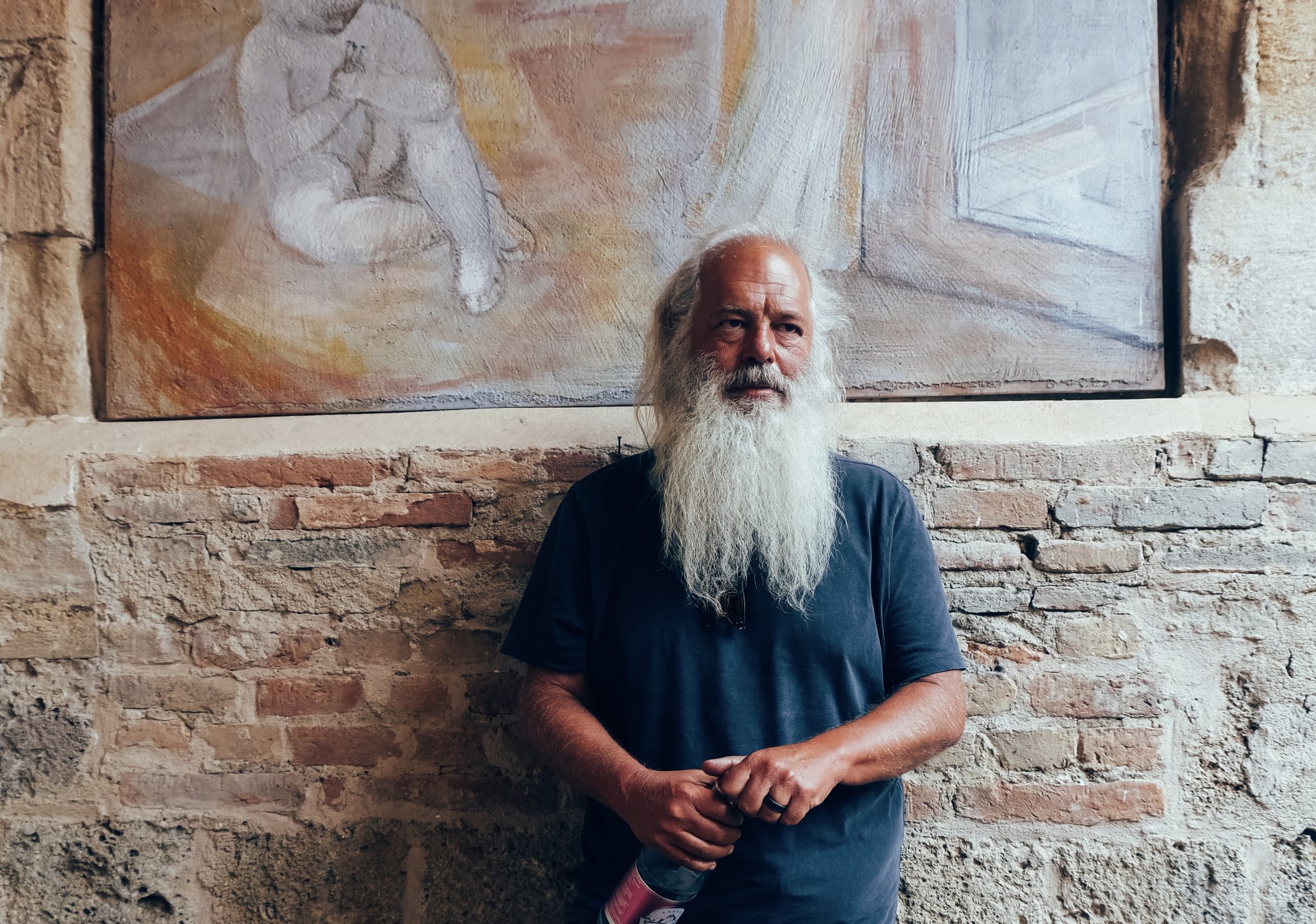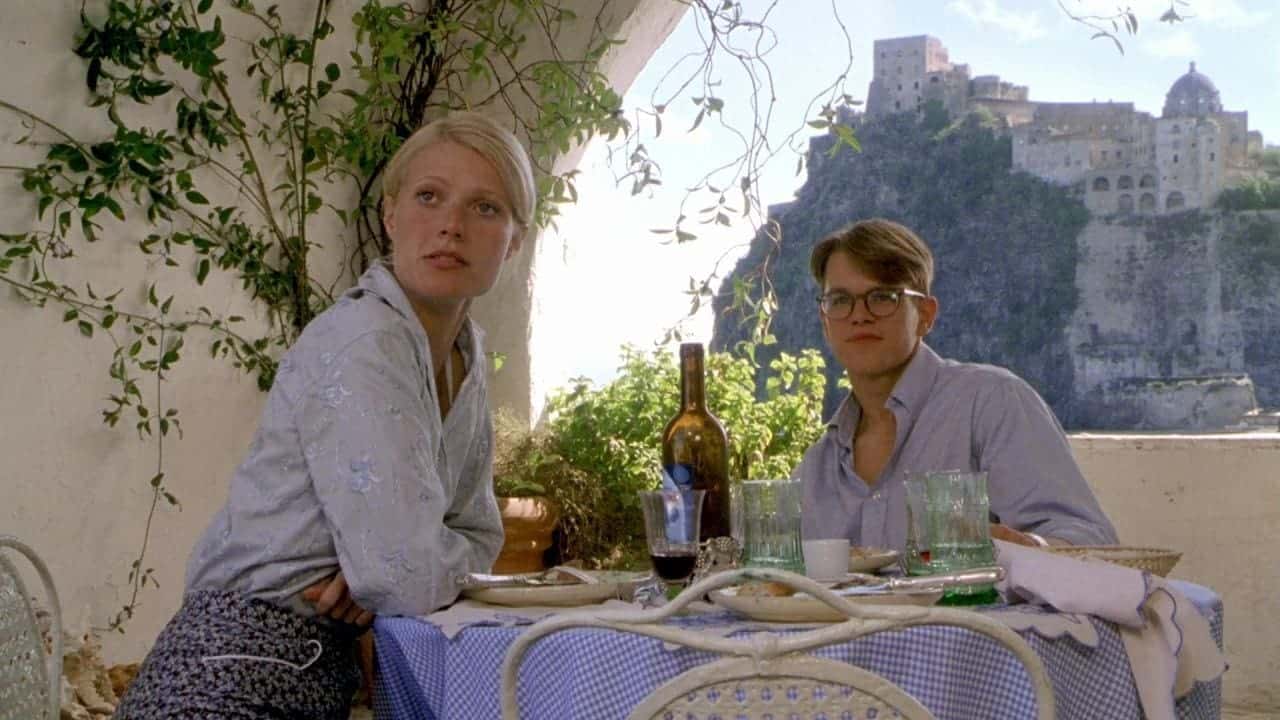
When one thinks of Positano and the Amalfi Coast it is of bright yellow lemons, colourful fishing villages and mandolins playing the music of southern Italy while Sophia Loren theatrically eats plates of spaghetti. But while the glamour of this 34-mile stretch of coast is world-famous, it is but a small fleck of gold on the broader tapestry of Campania, the region south of Rome that encompasses Naples, Capri, and Sorrento. And, if you keep going south past the Amalfi Coast, you come to the overlooked region known as Cilento.
I have been visiting the Amalfi Coast for years, and had always suspected there were more treasures to be found a bit further down. So I was thrilled when my suspicions were confirmed while researching my new cookbook Italian Coastal (Thames & Hudson, published April 2024). As it happens, this summer Cilento is about to become even more accessible, thanks to the opening of a new airport at Salerno. Well, technically a reopening as the Aeroporto di Salerno Costa Amalfitana has existed as a private airport, military base and flying school since 1926, but after closing in 2016 it is back and for the first time will start welcoming commercial flights. Bad news for the overcrowded Amalfi Coast, but great for those wanting to explore the lesser known Cilento and its food.
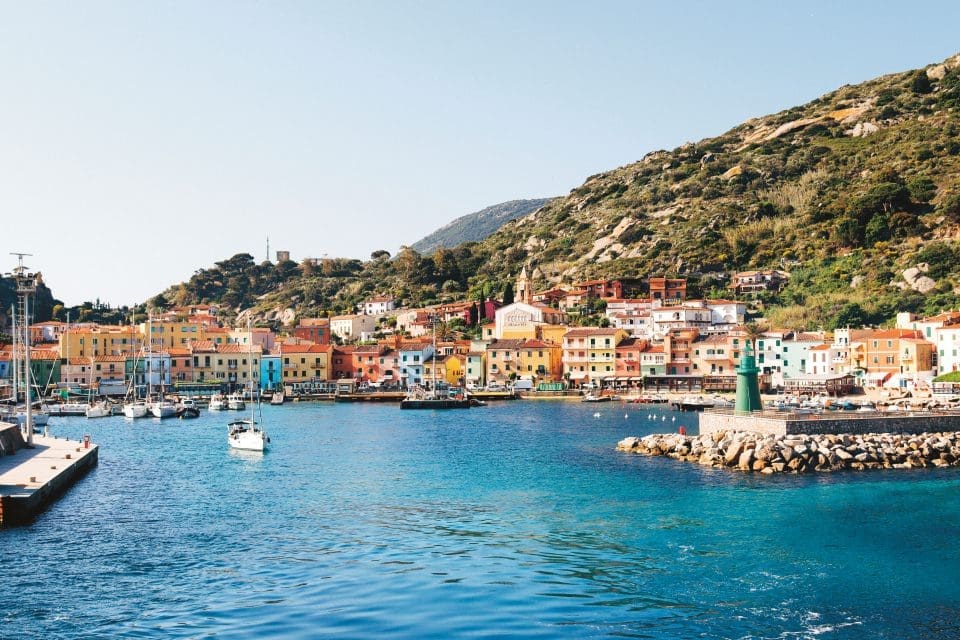
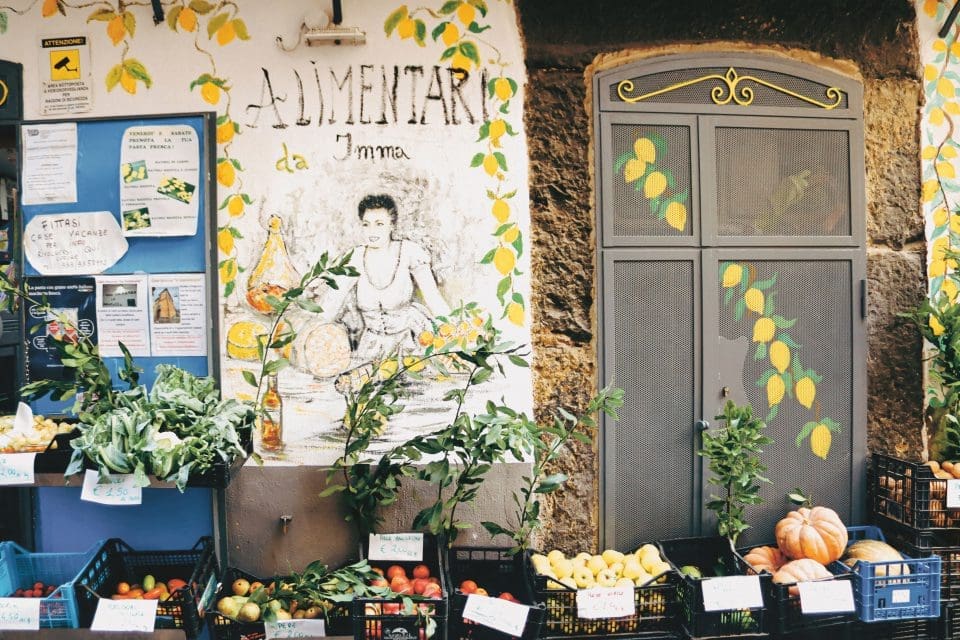
A question I often ask myself as a food writer is why Italy has such a strong culinary culture. The answer I always come back to is, quite simply, its produce. Nowhere is this more true than in Campania, known by the Romans as Campania Felix, or ‘happy Campania’, because of the fertility of its land. Few places boast such perfect conditions for food production with its climate and volcanic soil. Vesuvius dominates the landscape around Naples and also infuses the soil with nutrients, as the remnants of lava and volcanic ash—which spread for miles when an eruption takes place—settle and enhance the land’s fertility long after the event. So anything grown in the soil will have a crisper texture and more intense flavour. This richness extends not just to tomatoes and zucchini but even to the mozzarella made from the milk of buffalos that graze the pastures here.
To get a sense of this intensity of flavour, head to Lo Scoglio, a family run restaurant in Marina del Cantone, and order a plate of their famous zucchini and basil spaghetti. You will not believe so much can be made with so little. All the ingredients are grown on the family farm just up the hill. The secret is out on this one, and you are likely to see anyone from Stanley Tucci to David Beckham at the next table. This is certainly where Dickie Greenleaf and Marge Sherwood would be having lunch if The Talented Mr Ripley were set today. Hard to believe it is 25 years since Jude Law and Gwyneth Paltrow captured that laid black glamour so beautifully in Anthony Minghella’s adaptation of Patricia Highsmith’s novel back in 1999. The film is due a remake, and sure enough Steve Zaillan has stepped up with a new series in black and white titled just Ripley. The trailer suggests we are in for something less fabulous and altogether more sinister and brooding, though we are promised dramatic shots of a stormy Amalfi coast.
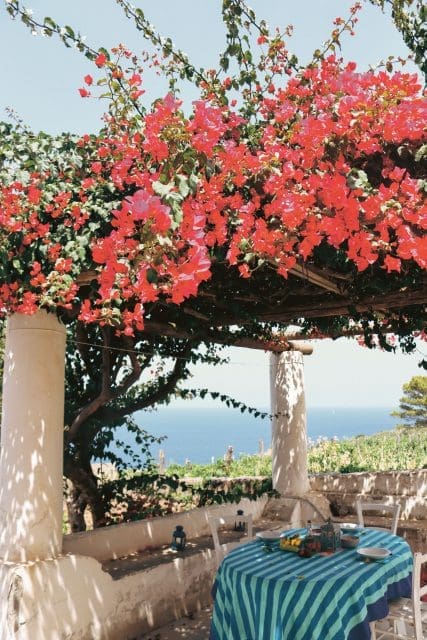
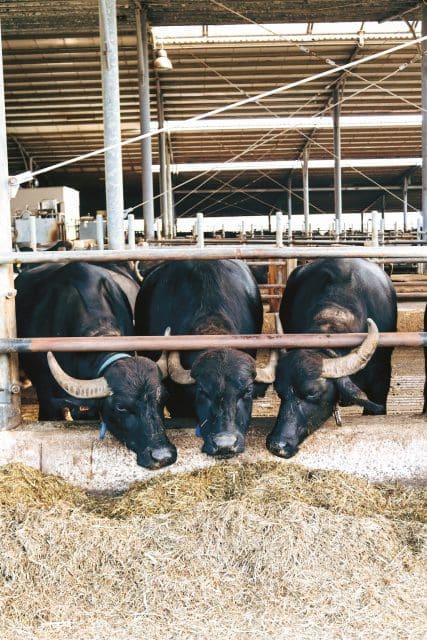
For those keen to avoid the crowds that will inevitably descend as a result, head along to Paestum, home to some of the most intact Greek temples anywhere and, as I discovered, the best producer of buffalo mozzarella anywhere. On the road south of Salerno you will see, every hundred meters or so, a sign for a different mozzarella producer. But as with everything, there are mozzarella producers and there are mozzarella producers. Only a handful produce milk of the highest quality, which are the ones where the buffalo are really well looked after and therefore happy. After a day of arduous mozzarella tasting, I happened upon Tenuta Vannullo, a family-run farm which has gradually turned into a visitor destination, so popular is their cheese. On a Sunday morning in autumn there were busloads of Italian tourists queuing for a glimpse of the immaculate dairy where the magic happens, and the tearooms serving ice creams and cakes.
They treat their cattle like royalty: they are played classical music for two hours in the early morning and at any time 450 of the 600 herd will be out to graze on mineral rich grass while the rest are in large barns for milking. The barns are spacious and equipped with massage machines which the buffalo can operate themselves to have their backs rubbed. In the café afterwards I tasted the result: a perfectly dense, slightly tangy fresh cheese, porcelain white in colour and unlike anything I had ever eaten from a supermarket back home. I love mozzarella dressed simply with good olive oil and a little salt, but here it was so fresh, grassy and moreish that I didn’t need to dress it in anything. Which is how really good Italian food should be: simple, fresh and honest. Sophia Loren would approve.
Amber Guinness’s Italian Coastal will be published by Thames & Hudson on 26th March.

